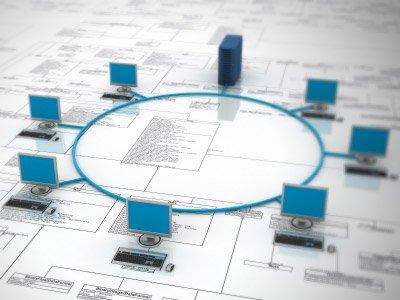Users face various privacy risks in smart homes, yet there are limited ways for them to learn about the details of such risks, such as the data practices of smart home devices and their data flow. In this paper, we present Privacy Plumber, a system that enables a user to inspect and explore the privacy "leaks" in their home using an augmented reality tool. Privacy Plumber allows the user to learn and understand the volume of data leaving the home and how that data may affect a user's privacy -- in the same physical context as the devices in question, because we visualize the privacy leaks with augmented reality. Privacy Plumber uses ARP spoofing to gather aggregate network traffic information and presents it through an overlay on top of the device in an smartphone app. The increased transparency aims to help the user make privacy decisions and mend potential privacy leaks, such as instruct Privacy Plumber on what devices to block, on what schedule (i.e., turn off Alexa when sleeping), etc. Our initial user study with six participants demonstrates participants' increased awareness of privacy leaks in smart devices, which further contributes to their privacy decisions (e.g., which devices to block).
翻译:用户在智能家中面临各种隐私风险,然而,他们了解这类风险细节的方法有限,例如智能家用设备的数据做法及其数据流。本文介绍隐私管道,该系统使用户能够使用增强的现实工具检查和探索家里的隐私“渗漏”。隐私管道使用户能够了解和理解离开家的数据数量以及这些数据如何影响用户的隐私 -- -- 与相关设备一样,在物理背景下,因为我们以扩大的现实来看待隐私渗漏。隐私管道使用ARP系统收集综合网络流量信息,并通过智能手机应用程序中设备顶部的覆盖显示这些信息。增加的透明度旨在帮助用户做出隐私决定和修正潜在的隐私渗漏,例如指示隐私管道在什么时间表(即睡觉时关闭Alexa)上屏蔽哪些设备,等等。我们的最初用户研究显示参与者提高了对智能设备隐私渗漏的认识,从而进一步推进了隐私决定(e.g.g.)。


